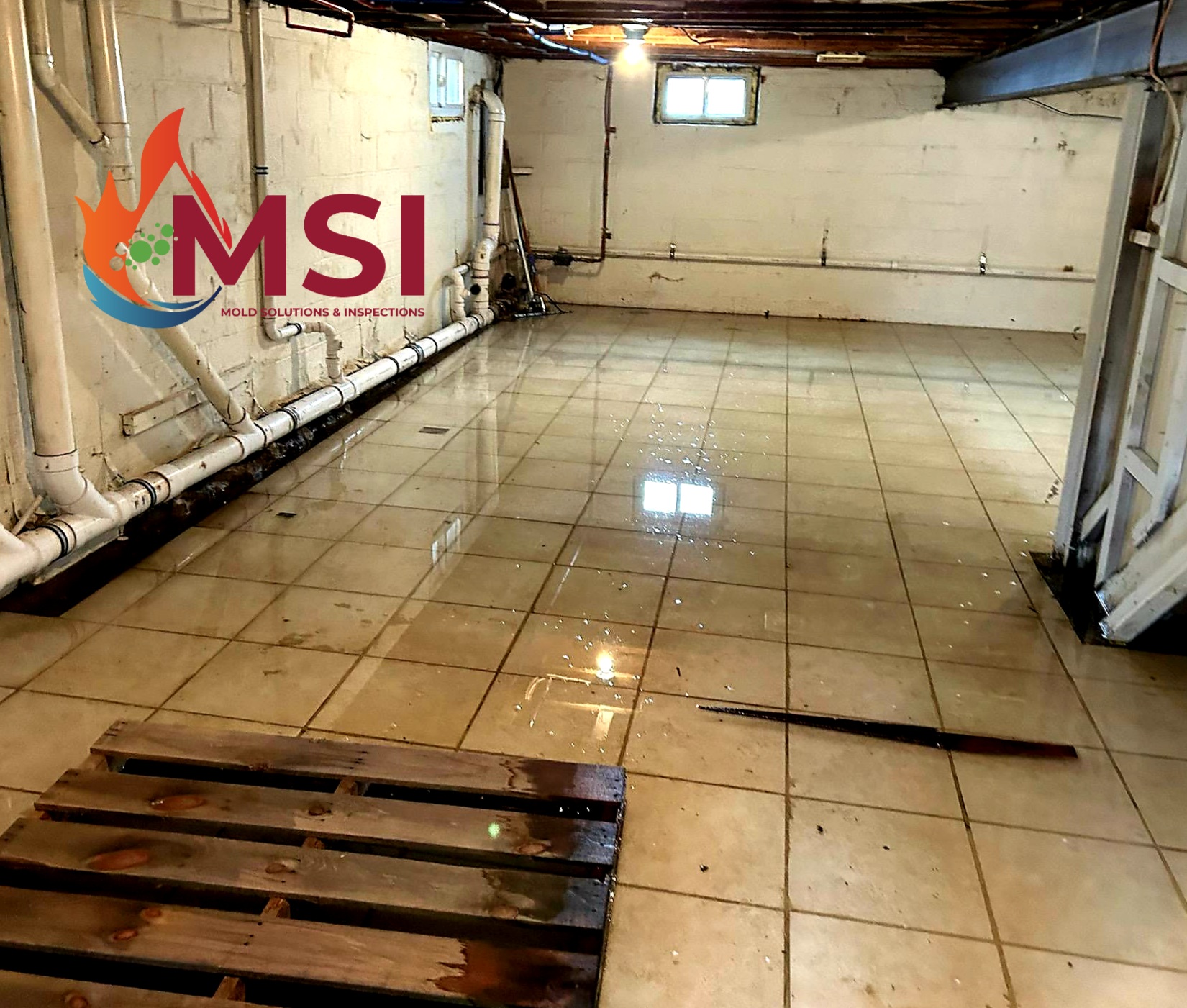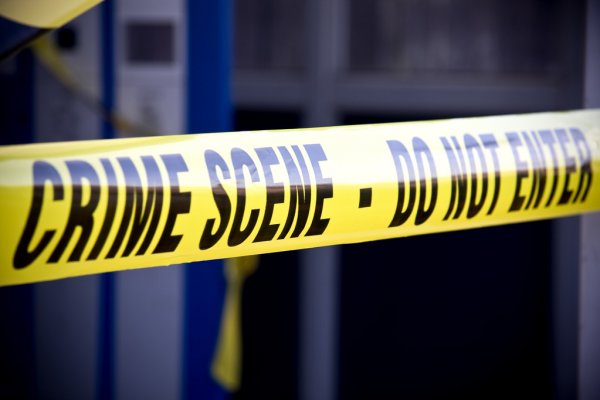The wind is howling. The rain is coming down in sheets. The power goes out for a few hours. And, then everything’s fine — except, maybe, all that food in your fridge and freezer.
The question is: Should you eat it or toss it? The answer: It depends – on a lot of factors, actually. To help you determine the best course of action, here are some insights and guidelines from the U.S. Department of Agriculture.
While the Power’s Out
Don’t open your refrigerator or freezer, if possible. Keeping the doors closed helps keep the cold in, potentially preserving your food for longer. How long? Typically food is safe for up to four hours in an unopened refrigerator and 48 hours in a full, unopened freezer (less if the freezer isn’t full). You can add block or dry ice to either if you think the power might be out for an extended period.
Once the Power Returns
When the lights blink back on, don’t just assume everything is OK. A few checks are in order first, especially if the power has been out for more than four hours. What’s not in order? Taste testing. You should never taste food to determine if it’s safe. Instead, follow these tips.
- Meat, poultry and seafood: Discard raw or leftover cooked meat, poultry, fish or seafood that may have been above 40 degrees Fahrenheit for two hours or more. Same goes for thawing meat or poultry, along with tuna, shrimp, chicken or egg salad.
- Dairy: Toss milk, cream, sour cream, yogurt and soy milk that may have been above 40 degrees for two hours or more. Butter and margarine are likely safe to keep.
- Cheese: Discard soft cheeses, such as bleu, Brie, cottage and others, if they may have been above 40 degrees for two hours or more. Hard cheeses and processed cheeses should be safe.
- Sauces and condiments: Mayonnaise, tartar sauce and horseradish should go in the trash if they may have been above 50 degrees for more than eight hours. Toss creamy dressings such as ranch, but vinegar-based dressings may be safe to keep. Items such as peanut butter, jelly, relish, ketchup, barbecue sauce and pickles are typically safe.
- Frozen food: Evaluate frozen (or now partially frozen) items individually. If the food still contains ice crystals, or is has stayed at or below 40 degrees, it should be safe to refreeze.
Prepare for the Next Outage
Not knowing whether or not your food is safe to eat is frustrating, to say the least. These tips will help to further unravel the mystery.
- Keep appliance thermometers in your refrigerator or freezer. These will help take the guesswork out of determining whether your food has been holding at a safe temperature.
- Keep a food thermometer handy, too. This will allow you to check individual items.
- Consider using coolers and ice packs. If the power is out for more than four hours, having these handy can help you protect expensive items, such as meats.
- Have a supply of nonperishable food that doesn’t require refrigeration. And, don’t forget the can opener. Remember, even nonperishable food won’t last forever, so use it or replace it periodically.
- Store food where flood water is unlikely to reach it. Never eat food that may have come into contact with flood water, unless it is in a completely waterproof container. Even sealed cardboard juice and milk cartons should be discarded.
- Discard all food that has been near a fire in your home. It can be damaged by the heat, fumes or chemicals used to fight the fire, even if it appears to be OK.
Throwing out food is frustrating, too, so check your homeowners policy. Many provide coverage for food spoilage in such situations. However, because your deductible might be higher than the value of your food, a claim often doesn’t make sense unless you have other damage to your home. Power outages and other emergencies are already stressful enough. Don’t compound that stress by eating food that could make you sick. If there’s any doubt, just go ahead and throw it out.








